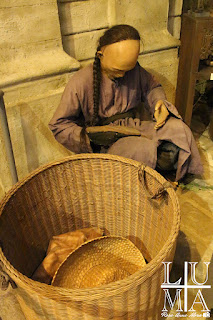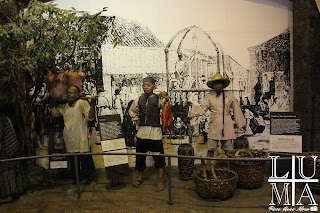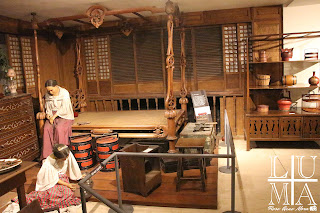Have you ever imagined yourself living in the 19th century, when the Philippines was still under the Spanish regime? Or just simply want to experience how you will look like if you are in a baro't saya (traditional collarless blouse and long wrap-around skirt)? Be a Don and Doña or just simply relive the past when you visit Villa Tortuga in the heritage town of Taal, Batangas.
Villa Tortuga meaning "Turtle Village" in English derived its name back in the old days when there used to be an abundance of turtles in the banks of the Pansipit River which flows just behind the house. It is a typical bahay na bato (stone and wooden house) which was restored and now converted into a bed and breakfast.
This ancestral house offers the colonial experience with their vast collections of vintage costumes, hats and canes that you can rent for a photo opportunity. The ground floor of the house serves as the studio to those who want to try it.
The costume rental costs P250 each for an unlimited photos in their studio. They do not have a photographer in house so it is best to try and take the photos in a camera with a tripod so you can make sure of the framing, lighting or anything technical that you want and for a chance to include everyone in a single photo. After the session, you may finish the photos in sepia for the complete colonial experience.
Here are some photos that we took while wearing our traditional clothes:
This is us goofing around in our period costumes...
...and here are the photos we edited and finished in sepia:
Unfortunately, the second floor of the house is under restoration when we went there so we were not able to see the interior but I guess this is another reason to be back and experience again not only Villa Tortuga but the heritage town of Taal.
Aside from the costume rental, Villa Tortuga also offers a tour package and lunch strictly for bookings only. You may contact the number below for inquiries.
Villa Tortuga
Calle Marcela Mariño Agoncillo
Taal, Batangas
Contact: 0927-975-1683
Entrance fee is P50 each (for house visit only)




















































